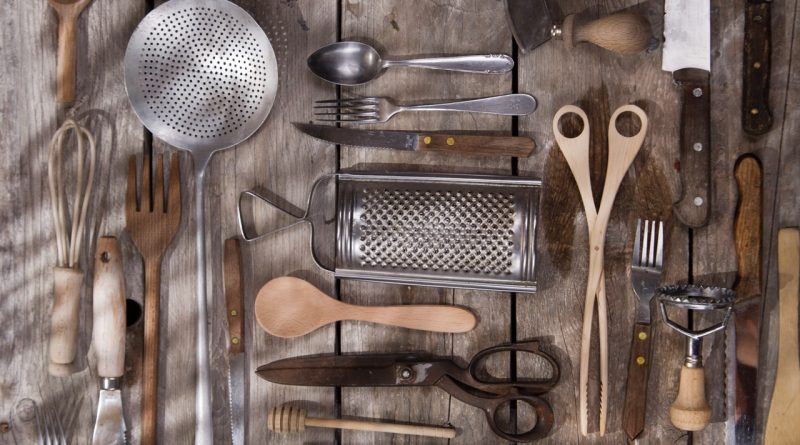The Technological Precision Behind Zwilling Induction Cookware
In recent years, induction cooking has gained tremendous popularity among culinary enthusiasts and home cooks alike. This method of cooking utilizes electromagnetic energy to heat pots and pans directly, providing rapid and efficient cooking capabilities. At the forefront of this movement is Zwilling, a brand synonymous with quality and precision. Their induction cookware combines advanced technology with high-quality materials, ensuring optimal performance in the kitchen. This article delves into the technological precision behind Zwilling induction cookware, exploring its benefits, materials, engineering, and practical usage tips.
Understanding Induction Cooking: A Brief Overview
Induction cooking operates on the principle of electromagnetic induction, where a magnetic field generates heat directly within the cookware itself. Unlike traditional gas or electric stovetops that rely on external heating elements, induction cooktops provide heat only when compatible cookware is placed on them. This results in an immediate and highly efficient cooking process, reducing cooking times and minimizing energy waste.
One of the key advantages of induction cooking is temperature control. The precise and rapid adjustment of heat allows for better cooking results, whether you’re simmering sauces or searing meats. Additionally, induction cooktops remain cooler to the touch than traditional methods, significantly enhancing kitchen safety. This feature is particularly beneficial for households with children or pets, as the risk of burns is considerably reduced.
Compatible cookware is crucial for induction cooking. It must possess ferromagnetic properties to generate the necessary heat. Zwilling’s induction cookware is specifically designed to maximize this effect, ensuring an efficient and seamless cooking experience. As a result, home cooks can enjoy enhanced culinary outcomes while benefiting from energy savings.
The Advanced Materials Used in Zwilling Cookware
Zwilling induction cookware is crafted from high-quality materials that not only enhance performance but also ensure durability. The core of their pots and pans often features a combination of stainless steel and aluminum. Stainless steel is known for its strength, resistance to corrosion, and non-reactivity, making it an ideal choice for cookware. Meanwhile, aluminum provides excellent heat conductivity, allowing for an even distribution of heat across the surface.
The exterior of Zwilling cookware is designed with a polished finish that not only adds aesthetic appeal but also facilitates easy cleaning. Many pieces are also treated with non-stick coatings, further enhancing their usability. These advanced materials contribute to a cookware line that can withstand the rigors of daily cooking while maintaining its integrity over time.
In addition to these materials, Zwilling incorporates innovative technology in the manufacturing process. For instance, their cookware often features a cold-forged base that improves durability and enhances its ability to withstand warping and scratching. This attention to detail ensures that each piece of cookware meets the high standards expected by both professional chefs and home cooks.
Precision Engineering: How Zwilling Ensures Performance
Precision engineering is at the heart of Zwilling’s approach to induction cookware. Each piece is designed not only for aesthetic appeal but also for functional excellence. The ergonomic handles are carefully crafted to provide a comfortable grip, while the weight and balance of each pot or pan ensure easy maneuverability during cooking.
Zwilling’s commitment to performance is evident in their heat distribution technology. By using a multi-layer construction, heat is evenly distributed across the cooking surface, preventing hot spots that can lead to uneven cooking. This feature is particularly important when preparing delicate dishes that require precise temperature control.
Furthermore, Zwilling employs rigorous testing protocols to ensure that their induction cookware meets stringent performance standards. Each piece undergoes performance validations to test heat retention, durability, and user-friendliness. This dedication to quality control guarantees that consumers receive cookware that not only performs exceptionally but also lasts for years.
Practical Tips for Maximizing Your Induction Experience
To fully leverage the advantages of Zwilling induction cookware, it’s essential to understand a few practical tips. First, always ensure that your cookware is compatible with induction cooktops. You can easily check this by using a magnet; if it sticks to the bottom of the cookware, it will work on an induction surface.
Another tip is to avoid using high heat settings unless necessary. Induction cooking is inherently efficient, meaning that medium to low settings often suffice to achieve desired results. This not only conserves energy but also prevents food from burning or sticking to the pan. Additionally, preheating the cookware for a few moments before adding ingredients can enhance cooking performance.
Finally, cleaning and maintenance are vital to prolonging the life of your Zwilling cookware. While many pieces are dishwasher safe, hand washing with mild detergent is often recommended to preserve any non-stick coatings. Regularly inspecting for scratches and ensuring that the base remains free of debris will also help maintain the cookware’s efficiency.
In conclusion, Zwilling induction cookware exemplifies the fusion of advanced technology, high-quality materials, and precision engineering. Its design not only enhances the cooking experience but also ensures efficiency and safety in the kitchen. By understanding the principles behind induction cooking and following practical tips for usage, both novice and seasoned cooks can elevate their culinary skills. With Zwilling, the future of cooking is not just about heat; it’s about harnessing technology to achieve culinary excellence.
